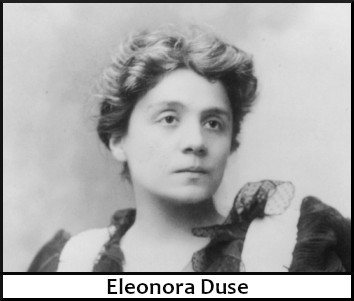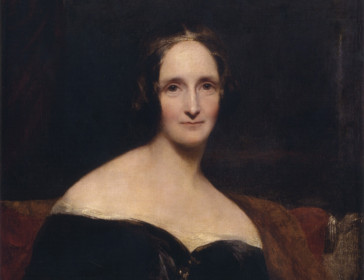A. H. Reginald Buller? Resident of Brighton? E. V. Lucas? Carolyn Wells? Walter Winchell? Robert Conquest? Anonymous?
Question for Quote Investigator: There is a comical limerick about a “family” named Stein. The three referents were prominent writer Gertrude Stein, influential sculpture Jacob Epstein, and famous scientist Albert Einstein. Wordplay was used to split “Stein” from “Gertrude”, “Ep”, and “Ein”. Would you please explore the provenance of this poem?
Reply from Quote Investigator: The earliest match for the limerick located by QI appeared in March 1931, and that citation is given further below.
An interesting precursor occurred in the London humor magazine “Punch” in September 1929. The poem was titled “Precious Steins”, and it employed the same splitting wordplay. These were the first three verses:1
What with Gertrude, Ep and Ein,
When I hear the name of Stein,
I go creepy down the spine.Ein has caught the ether bending,
Gert has sentences unending,
Ep is really most art-rending.Ein’s made straight lines parabolic,
Eppie’s “Night” is alcoholic,
Gertie’s grammar has the colic.
The final fifth verse suggested that life and art were out of step, and the poem’s creator was down-hearted. No attribution was specified for the poem. Thus, it was either written by a staff member of “Punch”, or it was sent to the magazine by a reader who was compensated.
Below are additional selected citations in chronological order.
Continue reading “Quote Origin: A Notable Family Named Stein With Gertrude, Ep, and Ein”
